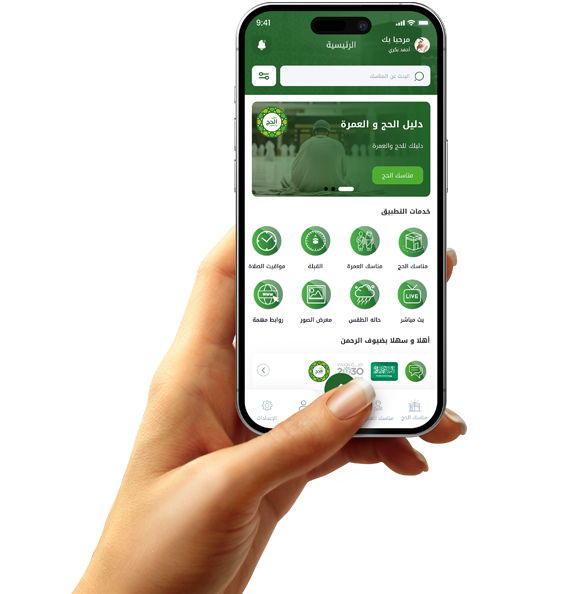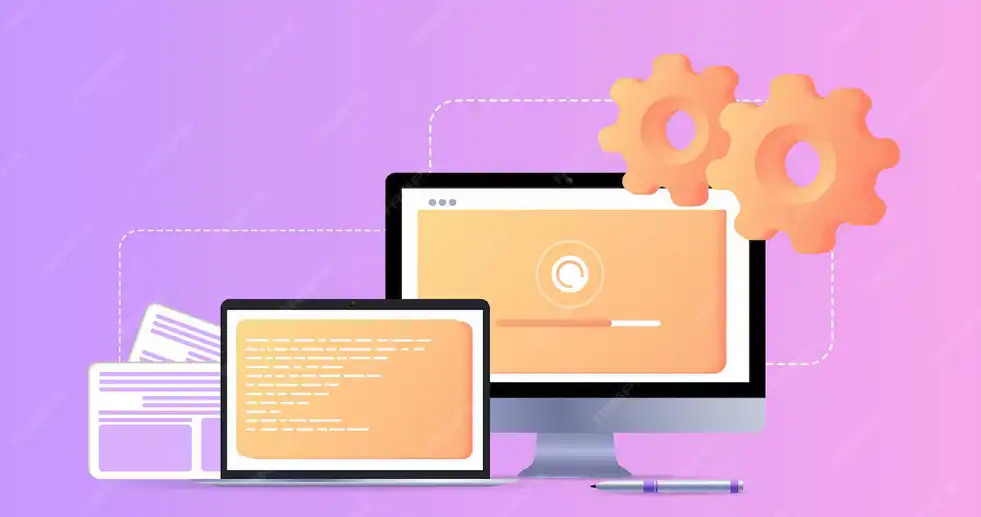The importance of providing a flexible control panel for application owners

Definition of a Flexible Dashboard and the Importance of Customizing It for App Owners
Dashboards can be divided into sections such as performance statistics, user management, and financial analytics, allowing the owner to monitor each aspect separately and in an organized manner.
The flexible dashboard allows the owner to add or remove widgets as needed, facilitating quick decision-making.
One advantage of these dashboards is the instant alerts sent to the owner when any major change or unexpected event occurs within the app.
Through live analytics, owners can monitor the app's performance in real time, including the number of active users, financial returns, and data traffic.
This feature allows the owner to closely monitor operations and take immediate action when problems arise.
One of the most important functions is the advanced filtering capability within the dashboard, allowing the owner to specify the time periods or performance criteria they want to focus on.
Also, the app owner can customize the interface so that the most important data is displayed first, avoiding wasted time searching for information.
By customizing the level of access, the owner can determine the permissions that app users have, granting employees or teams specific permissions based on their job role.
Flexible dashboards also allow for expansion and integration with other systems, such as analytics or payment platforms, ensuring comprehensive app management.
By displaying interactive graphs, the owner can flexibly analyze data and see trends and changes in performance.
This flexibility extends beyond displaying information but also extends to controlling how the data is handled, such as adjusting marketing strategies or activating discounts or offers.
The flexible dashboard contributes to faster decision-making, as the owner can access everything they need in real time, reducing the need to wait for lengthy reports.
It also contributes to improved productivity, as the owner or manager can prioritize and track tasks continuously without having to search extensively for data.
Ultimately, the flexibility of the dashboard provides a better user experience for owners, enabling them to manage the app effectively and efficiently.

How a flexible dashboard improves strategic decision-making for app owners
A flexible dashboard is a powerful tool for app owners, significantly facilitating strategic decision-making.
Having a customizable dashboard allows owners to access accurate, real-time data, enabling them to understand the current status of their app across various aspects.
By displaying key statistics such as the number of active users, revenue, and in-app purchases, the owner can make strategic decisions based on this information.
By presenting key performance indicators (KPIs) flexibly within the dashboard, the owner can easily monitor the success of implemented strategies and adjust them accordingly.
For example, if paid advertising is not achieving satisfactory results, the owner can use the dashboard to adjust campaigns or stop spending on ineffective channels.
By analyzing data derived from daily user behavior, it is possible to identify trends in usage and work to improve the user experience immediately.
A flexible tool that provides predictive reporting based on current performance helps better plan for the future. For example, if trends indicate increased demand for a certain type of product or service, supply or inventory can be customized to match that need.

Improving User Experience with a Flexible Dashboard
User experience is one of the most important factors in the success of any app, and it can only be effectively improved if the app owner has access to accurate information and customizes tools based on users' actual needs.
A flexible dashboard is an ideal way to improve user experience, as it allows the owner to track user behavior within the app and understand how they interact with different features.
Through the dashboard, the owner can analyze behavioral data such as the most visited pages, the time users spend on the app, and the most common actions taken.
Using this data, the owner can make precise improvements to the app based on actual user feedback, contributing to increased overall satisfaction and engagement.
A flexible dashboard allows developers and app owners to instantly modify features or app functionality that users may not like, such as adding or modifying features or changing the user interface.

How a flexible control panel helps app owners respond to technical issues quickly
Responding quickly to technical issues is a key factor in the success of any app, as any technical glitch or problem can directly impact the user experience and the app's reputation.
Therefore, providing a flexible control panel for app owners is a crucial tool in ensuring effective monitoring of technical issues and making quick decisions to address them.
The control panel enables continuous monitoring of the app's technical performance by displaying real-time notifications of any problems that may occur, such as service outages, slow performance, or system errors.
When a sudden outage or technical error occurs, the panel allows the owner to see the potential causes of the problem, facilitating immediate corrective action.
One of the key advantages of the flexible control panel is the ability to customize alerts. The owner can specify the types of technical issues they want to receive notifications about immediately.
For example, alerts can be configured to include server connection issues, bugs, or database issues, allowing the owner to respond more quickly.
The control panel allows the owner to monitor key performance indicators (KPIs) that affect application stability, such as speed and page load time.
When these indicators begin to deteriorate, the owner receives an immediate alert, allowing them to address the issue more quickly without waiting for extended periods.
In addition, through the control panel, the owner can monitor the status and performance of their servers in real time, ensuring that any technical failure in the infrastructure is identified and resolved quickly.
Some flexible panels also offer integrated support with technical support teams, allowing technical tickets to be opened or maintenance requests to be submitted directly from the panel itself.
When a specific issue arises in the application, the panel can be customized to display precise details of the problem, making it easier for the technical support team to quickly understand and address the situation.
This data enables faster and more accurate resolution. Once the issue is identified, necessary actions can be taken, such as rebooting the system, updating code, or reconfiguring settings.
Effective monitoring of technical issues through a flexible control panel also helps in analyzing recurrence. If the same issue recurs multiple times, radical steps can be taken to resolve it permanently rather than just temporarily fixing it.
In addition, the control panel enables owners to customize the actions the system takes when crashes occur, such as temporarily suspending certain functions to avoid impacting application performance.
By providing comprehensive reports on past crashes and how they were addressed, the owner can identify patterns and identify future improvements to reduce the recurrence of technical issues.
Ultimately, the flexible control panel is a vital tool for app owners to monitor and respond to technical issues quickly and efficiently, contributing to improved app stability and minimizing negative impact on the user experience.















